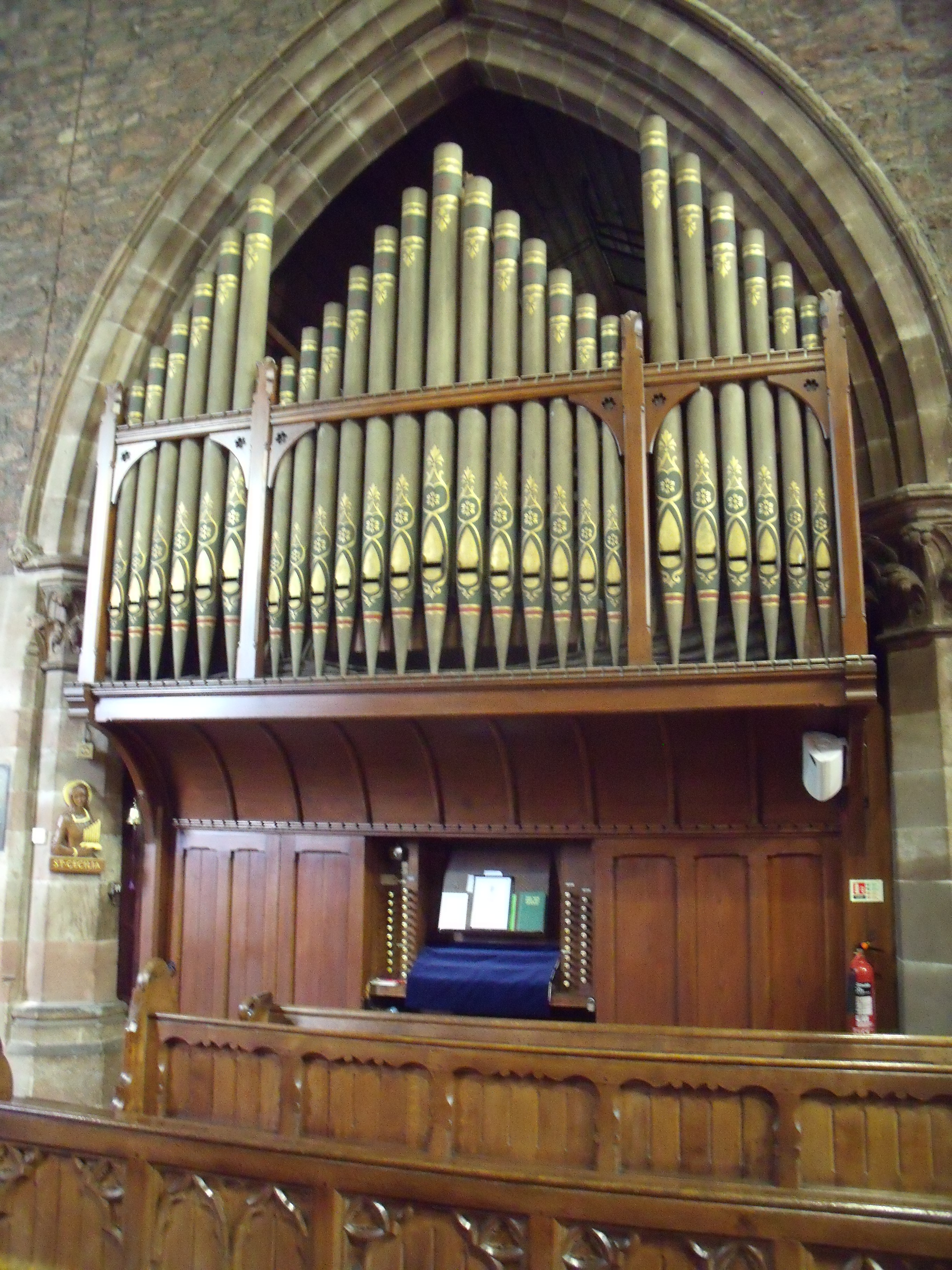About the organ

The organ in All Saints’ Church was built by Nicholson’s in 1878–9, under the leadership of founder John Nicholson (1815–1895). Although not the largest organ that John Nicholson built, the All Saints’ instrument is today the largest, most significant surviving and essentially unaltered example of John Nicholson’s organs. Only two others of similar importance remain extant: his organs for St Mary Magdalene’s Church, Twyning (1886, restored by Nicholson’s in 2004) and for St Mary Magdalene’s Church, Worcester (1878, restored and relocated 1980 to the Christoforuskerk1, Schagen, Netherlands).
The passage of time has clouded the precise details of the organ’s early history, but it seems that the instrument was supplied in 1878 as a two-manual organ, installed somewhere in the nave. At this time the then new church building was incomplete: the nave had just been completed but the chancel and its aisles were still under construction. The organ was then enlarged and moved to its present location in a chancel chamber in 1879. It would have been very wasteful to rebuild an organ less than a year old, so it is likely that the 1879 work was a completion of the original scheme rather than a post-completion rebuild.
The organ cost £900 and was the remarkable gift of the church’s architect, Edward Haycock and his wife. It was built to a specification prepared under the direction of Sir Frederick Gore Ouseley and others. Ouseley (1825–1899) was a baronet who had a great love and gift for Anglican church music, and had founded and endowed – with his own funds – a residential choir school in Tenbury Wells in 1856, intended to be a beacon of inspiration and training through its daily services and worship. One of the great figures in Anglican church music of the 19th century, Ouseley was hugely influential; he was an enthusiastic advocate of John Nicholson’s instruments, though never restricted his patronage to one firm.
The only changes that have been made to this organ took place in 1954, when J.W. Walker & Sons replaced the original mechanical action of the Pedal Organ with a new charge pneumatic action, altered the expression pedal to the Swell Organ from a lever to balanced type, and replaced the flat parallel pedalboard with a radiating concave pedalboard.
Apart from these relatively modest mechanical changes, the organ remains today in original condition. The Organ is now in great need of sympathetic and careful restoration: the pipework is filthy, the mechanism is worn out, and the leatherwork in the organ is perished. The PCC at All Saints are currently looking at a proposed Restoration of the Organ costing in the region of £250,000 and hope to officially launch the appeal early in 2018.
